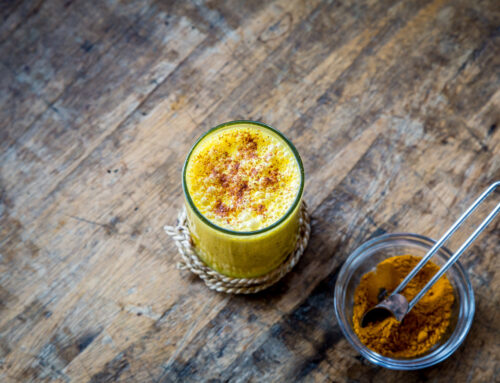
The Romans attributed aphrodisiac properties to the plant, and concocted “love potions” with other aphrodisiac herbs like sweet basil, fennel, chicory and lavender. Seeds were ground to make flavored oils, gaining popularity again today!
With successive plantings, arugula grows from early spring into the fall, in mostly sunny locations, but in the heat of summer, be sure to plant in a shadier area. Picking young leaves is best, as the older ones can be almost too spicy and often become a little tough.
Dr. Karin Dina, D.C. our science of raw food nutrition expert calls arugula the leafy green with zing!
“Years ago, when I developed an interest in health and nutrition, I became acquainted with arugula quite by accident. I wasn’t as well educated about leafy greens as I am today, and I confess that iceberg lettuce and spinach formed the boundaries of my leafy green literacy in those days. One day, in the produce department of my local natural food store, I bagged several heads of what I thought was lettuce. Only later did I discover that one of the “lettuces” I had purchased was actually arugula.
I found that I really liked the mildly spicy flavor. Today, I enjoy arugula from time to time in both salads and smoothies. It’s an especially “salad-friendly” leafy green because of its mild, peppery taste and tenderness of the leaf, unlike some stronger tasting and more fibrous leafy greens, like mustard.
A member of the cabbage family, it is a related to kale, broccoli, cauliflower, and bok choy, and its mineral content is significant.”

by Cherie Soria
Yield: 2–3 servings
Poppy Seed Dressing
2 tablespoons freshly squeezed orange juice
1 tablespoon flaxseed oil
1 1/2 teaspoons Dijon mustard
1/2 teaspoon poppy seeds
1/2 teaspoon orange zest
Pinch of salt
Salad
1 1/2 red apples, diced or finely julienned
1/4 cup walnuts or pecans, soaked and dehydrated
1/4 cup thinly sliced fennel or celery
1/4 cup pomegranate seeds or dried cranberries
1/2 pound baby arugula
1. For the dressing, combine all of the dressing ingredients in a large bowl and whisk until well blended.
2. Add the apples, walnuts or pecans, fennel or celery and pomegranate seeds or dried cranberries, and toss well.
3. Arrange the arugula attractively on a platter, heap the apple mixture on top, and serve immediately.
Learn all about Living Light culinary and nutrition classes! Visit RawFoodChef.com, or call 707-964-2420 today!









